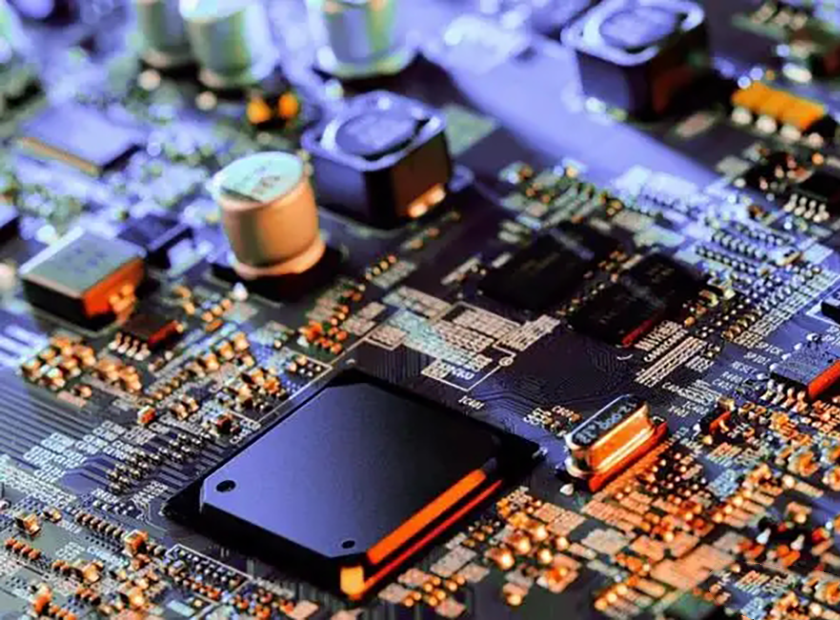Indispensable Role of Mechanical Engineers when Mastering PCB Thermal Design

In the ever-evolving landscape of modern electronics, where devices become more compact yet more powerful, effective thermal management of Printed Circuit Boards (PCBs) is no longer a secondary concern—it's a fundamental pillar of product success. Ensuring components operate within their specified temperature ranges is crucial for performance, reliability, and longevity. Central to achieving this thermal integrity is the often-underestimated, yet critical, contribution of the mechanical engineer.
The Mechanical Engineer's Mandate: Safeguarding Thermal Integrity
Mechanical engineers (MEs) play a pivotal role in safeguarding a product's thermal integrity. Their critical input, particularly during the nascent stages of design, helps electrical engineers (EEs) understand the thermal ramifications of their decisions. This guidance extends to strategic package selection and optimal component placement to harness system airflow effectively for PCB-level cooling. While electronic performance and cost are primary drivers for layout and package choices, it's incumbent upon mechanical engineers to illuminate how these decisions affect thermal performance—a factor that, in turn, influences both operational efficacy and overall project expenditure.
The Power of Proactive Collaboration: Enhancing Performance and Preempting Costs
Integrating mechanical engineers' insights at the outset of the design journey is paramount to bolstering thermal performance and preempting expensive modifications down the line. By fostering early, collaborative efforts, particularly within the thermal design phase, designers can substantially enhance PCB performance from the ground up. This proactive engagement typically involves several key actions:
- Furnishing pertinent thermal data to facilitate comparative analysis of potential component performances.
- Advising on appropriate package choices and strategic component placement to maximize the cooling benefits of system airflow.
- Championing a concurrent engineering methodology that promotes swifter design finalization, enhanced product reliability, and superior overall results compared to traditional, sequential workflows.
Strategic Early Intervention: From Theory to Tangible Benefits
The early involvement of MEs, particularly in package selection and component layout, significantly enhances the product's thermal reliability. For instance, by meticulously analyzing airflow paths within the chassis, MEs can recommend optimal placement for high-heat-generating components (like processors or power regulators), ensuring they are effectively cooled by system fans. They can also advise on specific package types with thermal pads or other features offering superior heat dissipation paths based on thermal requirements.
This early expert guidance transcends theoretical best practices by fully considering manufacturing feasibility. When deliberating component choices and layout strategies, collaborating with a comprehensive PCB assembly service provider like Elecrow offers significant advantages. Elecrow’s expertise in components sourcing, their deep understanding of various package types, and crucially, the DFM (Design for Manufacturability) checks included as part of their PCB assembly services, ensure that thermally optimized choices are also practical at the production level. This proactive approach helps avoid late-stage manufacturing challenges and cost overruns stemming from a disconnect between design and manufacturability.
The Synergy of Parallel Design: Achieving Superior Outcomes
This "parallel approach" signifies a shift from traditional, sequential, and siloed design processes to a highly collaborative and iterative model involving both MEs and EEs. Once an initial PCB layout is proposed, MEs can immediately conduct thermal simulations. This means the team receives rapid, precise feedback on potential hotspots or airflow-restricted areas before the electronic design is finalized.
This iterative, highly collaborative cycle dramatically reduces the risk of late-stage "surprises"—such as discovering a critical component overheating only after prototypes have been built at considerable time and expense. Such issues often necessitate costly redesigns, potentially involving component changes, PCB layout revisions, or even modifications to the product enclosure, all of which inevitably extend project timelines and inflate budgets.
By deeply integrating thermal management strategies into the design process from the outset, and by leveraging the robust support of expert partners like Elecrow—who offer comprehensive services from prototyping to mass production, including rigorous quality control processes and thorough functional testing—the final assembled PCB is far more likely to meet its performance, reliability, and cost targets. Elecrow's full turnkey PCB assembly services ensure that these well-considered designs, balancing both electrical and thermal performance, are executed efficiently and accurately, ultimately yielding superior and dependable end products.
A Unified Approach for Optimal Results
In conclusion, the mechanical engineer is not merely a consultant on the periphery of PCB design but an integral team member whose early and continuous involvement is vital for optimizing thermal layout. By fostering a collaborative environment where thermal considerations are addressed proactively, and by partnering with experienced assembly providers who understand the nuances of both design and manufacturing, companies can develop more robust, reliable, and cost-effective electronic products. This unified approach is key to navigating the thermal challenges of modern electronics and delivering excellence to the end-user.
